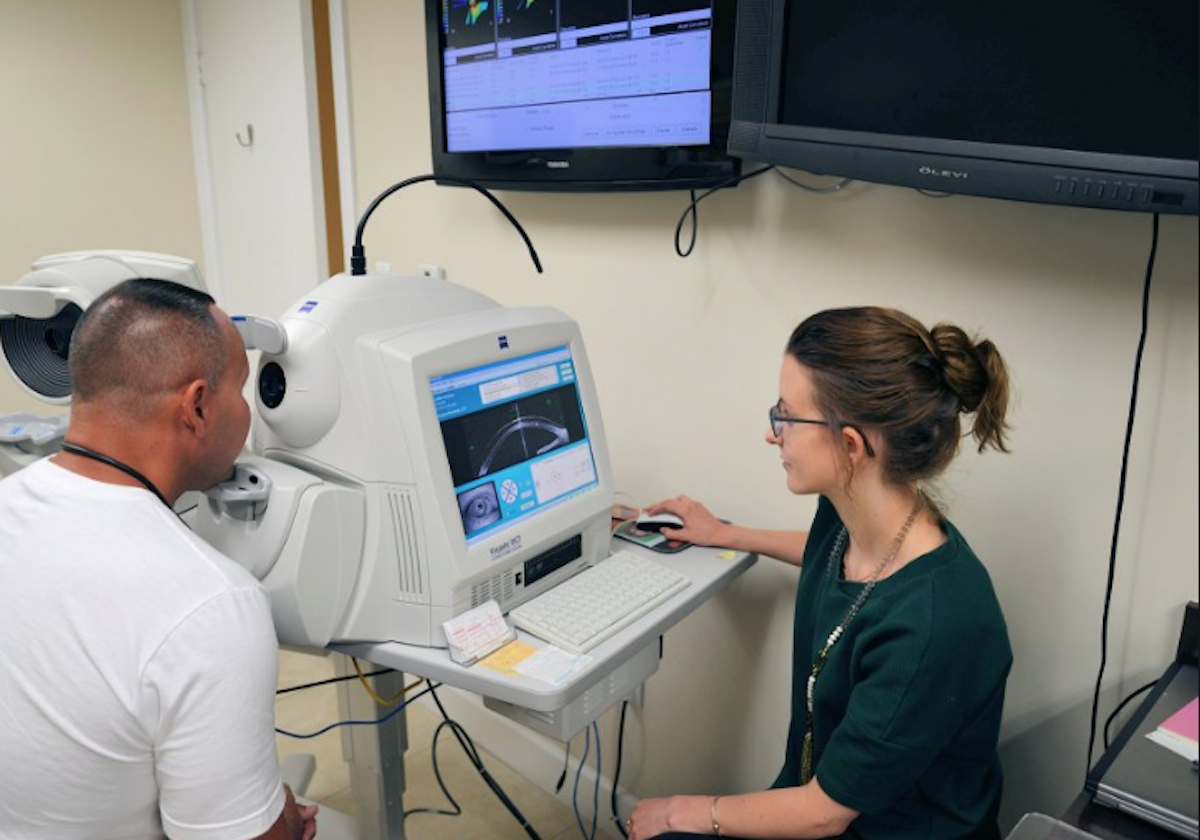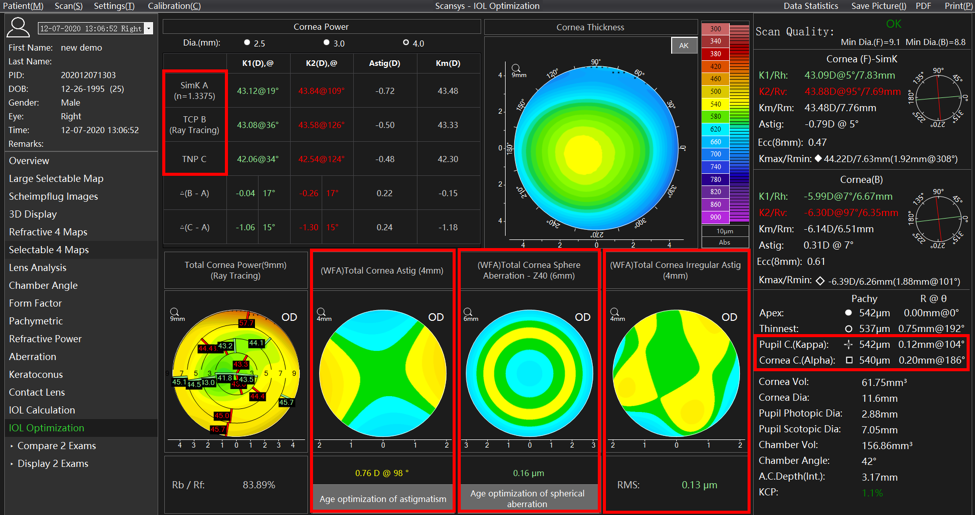
Table of Contents
What are the impacts of α and κ angles on the visual quality after cataract surgery?
The concept of cataract surgery has been completely changed with the introduction of refractive cataract surgery in modern times. As cataract surgery skills and intraocular lenses continue developing, now refractive cataract surgery is possible with modern techniques, including modern equipment, more accurate procedures, and a better preoperative examination. Not only this, but you can also choose the refractive intraocular lenses of your choice, having more precise calculations with the help of this technique.
Why Are α and κ Angles Important in Refractive Cataract Surgery?
Light interference is one of the primary problems after the implantation of an intraocular lens in the human eye, which results in lesser visual quality and pain in the eyes. This happens when the light from the environment tries to touch the retina along with the image of the intraocular lens itself.
To tackle this issue, the certainty of IOLs must be fixed, and this is where α angle and κ angle play their role.
What are α and κ angles?

This raises the question of what is the meaning of both of these angles? Before defining these angles, let’s see the visual axis, optical axis, and pupillary axis.
- The visual axis is the imaginary line extended from the point of interest to the eye touching the fovea.
- The optical axis is an imaginary line between an anterior and posterior segment of the eye.
- The pupillary axis is the line that passes through the center of the pupil and is perpendicular to the cornea.
This gives us the definitions of α angle and κ angle.
- The angle made between the visual axis and the optical axis is called the α angle.
- κ angle is the angle between the pupil axis and visual axis.
In the normal routine, the value of α angle must lie between 4 and 8. However, κ angle can both be positive and negative, depending upon the direction of the pupillary axis. κ axis is positive if the pupillary axis lies on the nasal side of the visual axis, while it is negative if it lies on the temporal side of the same axis.
How the α angle and κ angle play a role in Intraocular lens Optimization:
Decentration serves two purposes in general in the case of Toric IOL. Firstly, it minimizes the correction effect of astigmatism, and secondly, it affects the visual quality. However, Coma can increase when aspheric IOL is eccentric.
Patients with the problem of α angle or κ angle are usually treated by adjusting the IOL center as per the visual axis, which can be quite challenging. For instance, consider the case when the visual axis is deviating away from the capsular bag. It means that the α angle or κ angle is large than the required limit.
In these types of circumstances, you must not choose multifocal or any other functional IOL.
Use of Anterior Segment Analyzer to Measure α angle and κ angle:

Mediworks‘s Scansys TA517 is one of those systems through which you can easily do IOL optimization in case of refractive cataract surgery.
It is a three-dimensional system entitled for the anterior segment of eye, which provides valuable data for doctors for pre as well as postoperative examination. The data available in these anterior segment imaging systems include special reference values. For instance, you can quickly get values of α angle and κ angle, K1, K2, and Km. Important data like True Net Power, SimK, and Total corneal refractive power can also be measured this way.
To optimize IOLs, data like total corneal spherical aberration, total corneal astigmatism, and total corneal high-order aberration is also needed, which can be obtained through Mediworks’s Scansys TA517.

You can easily measure α angle and κ angle using anterior segment imaging systems. By measuring the distance between the visual axis and corneal center, you can measure α angle, while κ angle can be calculated by measuring the distance between the visual axis and the pupillary axis.
Based on the IOL optimization module, those who are having the α angle of greater than 0.3 mm, can start thinking about Multifocal IOL; however, if it lies in between 0.3 to 0.5 mm, Multifocal IOL is a must thing to consider. In these scenarios, you can even think of a rather larger multifocal IOL. If the α angle exceeds 0.5 mm, Multifocal IOL is not recommended at all.
Only a proper analysis of the data can drive promising results in the case of cataract surgery, and no one can do it better than Mediworks’s anterior segment analyzer. Any fault in data at this stage can be consequential, so you must not risk your eye for a low-quality instrument, or the chances of a flawed surgery increases exponentially.